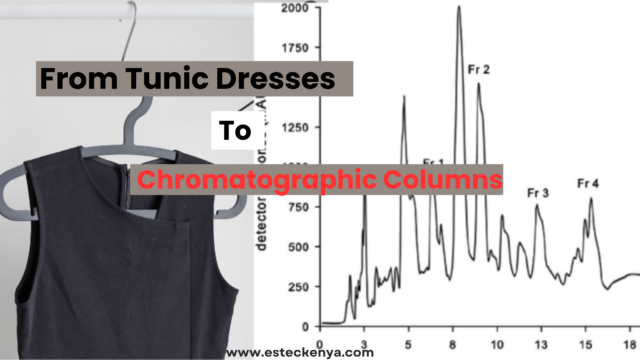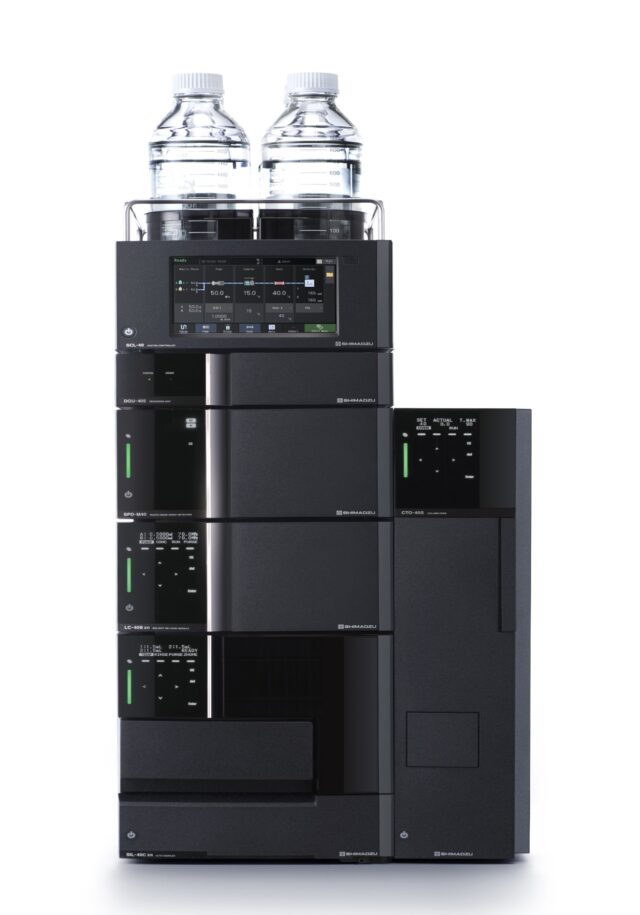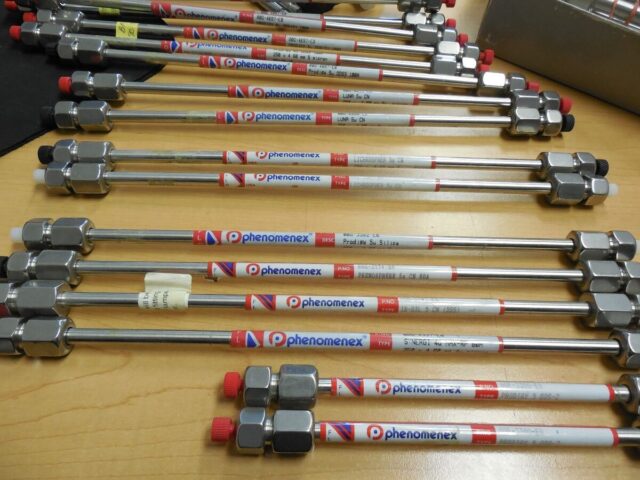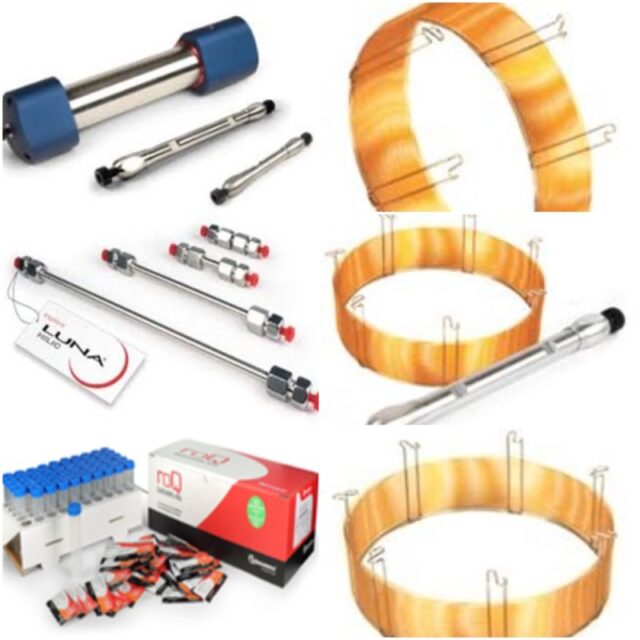
Transitioning from primary to secondary school in the 8-4-4 education system can feel like stepping into a whole new world. For me, it wasn’t just about the academic leap; trading my comfy tunic dress for a skirt and blouse symbolized a rite of passage. It was more than fabric; it was about stepping into the next chapter of life, full of adolescent attitudes and a newfound autonomy.
Fast forward through the initial rollercoaster of secondary school, where likes and dislikes for teachers were as fluctuating as our moods. The first four terms were a mix of adaptation and self-discovery. By the fifth term, amidst the whirlwind of young adulthood, I stumbled upon my passion – Chemistry. It was not just another subject; it felt like a calling. That realization shaped my academic path and led me to cherish my chemistry grades.
Post-high school, I dove into college with an enthusiasm for Chemistry that felt like being handed the controller to your favorite video game and told you could play all day. Imagine that! The thrill of the experiments, the allure of the unknown, and the satisfaction of discovery were intoxicating.

However, the transition from college to the real world was a reality check. While some of my peers secured jobs right out of college, I found myself in the “waiting” category, juggling various hustles. But, as fate would have it, I eventually landed my first job. Imagine getting an ice cream on the sunniest of days – that was the feeling!
 Now, let’s talk about the real shocker – chromatography. Studying it in theory was one thing; facing an HPLC (High-Performance Liquid Chromatography) system was another. My college practical hadn’t ventured beyond direct titrations. The first time I saw an HPLC, I was baffled. And when it came to handling a chromatographic column, well, that’s a comical tale of trial and error.
Now, let’s talk about the real shocker – chromatography. Studying it in theory was one thing; facing an HPLC (High-Performance Liquid Chromatography) system was another. My college practical hadn’t ventured beyond direct titrations. The first time I saw an HPLC, I was baffled. And when it came to handling a chromatographic column, well, that’s a comical tale of trial and error.
Chromatography hinges on the stationary phase, often a silica-packed column. This segues into a fascinating bit of chemistry trivia. Ever heard of a BDS column? Before you rush off to Google, let me share the scoop. BDS stands for Base Deactivated Silica. It’s a type of reverse-phase HPLC column where the hydroxyl groups are blocked or deactivated. This makes them especially useful for certain types of chemical analyses.
So, from swapping school uniforms to decoding the mysteries of chromatography, my journey has been a blend of personal and academic evolution. And in the spirit of sharing knowledge and experiences, I hope this little “Did You Know?” moment adds a fun twist to your day, just as Chemistry has to mine.
BDS (Base Deactivated Silica) columns are widely used in reverse-phase high-performance liquid chromatography (HPLC). These columns are specifically designed for separating non-polar and moderately polar compounds based on their hydrophobic interactions with the stationary phase.
The primary characteristic of BDS columns is the deactivation of hydroxyl groups on the silica surface. These hydroxyl groups, if left active, can interact with polar analytes, leading to undesirable interactions and peak tailing. By deactivating these groups, BDS columns minimize unwanted interactions with polar compounds, resulting in sharper peaks and improved resolution.
The deactivation is achieved by blocking or capping the silica surface with hydrophobic functional groups, typically octadecyl chains (C18). This modification creates a hydrophobic stationary phase that interacts favorably with non-polar analytes, facilitating their separation.

The term “endcap columns” refers to the additional capping of residual silanol groups at the end of the silica chain, further reducing undesirable polar interactions. End capping enhances the column’s stability and reproducibility, particularly at low pH conditions, where silanol groups may become more reactive.
BDS columns find applications in various fields such as pharmaceuticals, environmental analysis, food and beverage testing, and biochemical research. They are particularly useful for separating complex mixtures of organic compounds, including drugs, natural products, and metabolites.
In summary, BDS columns offer improved chromatographic performance by deactivating hydroxyl groups on the silica surface, thereby minimizing unwanted interactions with polar analytes. This makes them essential tools in modern analytical chemistry for efficient separation and quantification of a wide range of compounds.
Phenomenex is a renowned manufacturer of chromatography columns known for their high-quality products and innovative technologies. When it comes to column efficiency, resolution, and asymmetry, Phenomenex columns consistently deliver exceptional performance across various chromatographic applications.
- Column Efficiency: Phenomenex columns are engineered to provide high column efficiency, which is crucial for achieving sharp and well-separated peaks in chromatographic analysis. They employ advanced packing materials and proprietary manufacturing processes to ensure uniform particle size distribution and optimal packing density. This results in reduced band broadening and enhanced peak resolution, allowing for the efficient separation of complex mixtures with minimal peak overlap.
- Resolution: Phenomenex columns are designed to maximize resolution, enabling the separation of closely eluting peaks with high precision and accuracy. Whether it’s reverse-phase, normal-phase, or chiral chromatography, Phenomenex offers a diverse range of stationary phases and selectivity tailored to specific separation challenges. Their columns exhibit excellent peak symmetry and minimal tailing, resulting in well-defined chromatographic peaks and reliable quantification of analytes even at trace lev
 els.
els. - Asymmetry: Achieving symmetrical peaks is essential for accurate quantification and reliable peak identification in chromatographic analysis. Phenomenex columns are engineered to minimize asymmetry by optimizing packing uniformity and surface chemistry. Their meticulous manufacturing processes ensure consistent column performance, leading to symmetrical peak shapes and reliable chromatographic results. Additionally, Phenomenex provides a wide selection of guard columns and pre-column filters to further enhance peak symmetry and prolong column lifetime.
Overall, Phenomenex columns excel in delivering superior column efficiency, resolution, and peak symmetry, making them the preferred choice for chromatographers seeking high-performance solutions for their analytical challenges. Whether in pharmaceutical, environmental, food, or other industries, Phenomenex columns consistently meet the demands of modern chromatographic applications with unmatched reliability and performance.
Written by: Claire Ogeto
Published by: Mitchelle Gacheri
